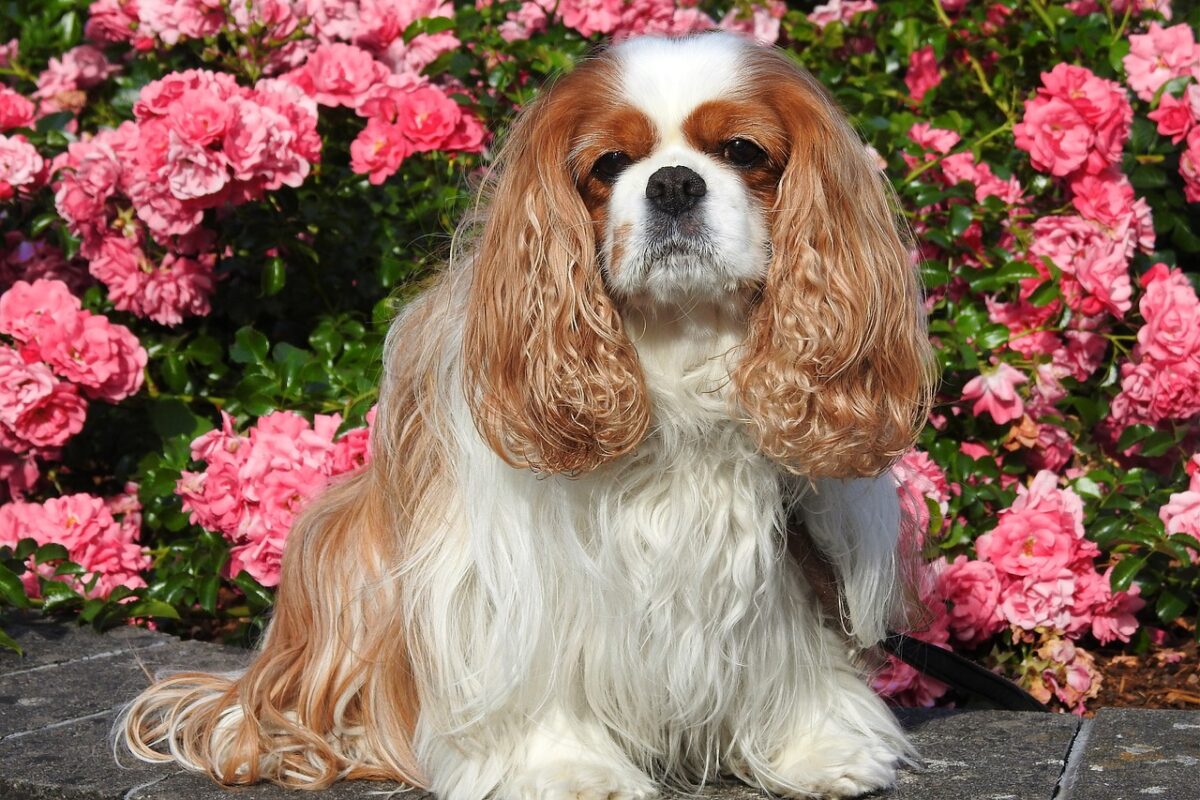 Shutterstock
Shutterstock
Before social media followers and luxury cars, there were dogs. In fact, for centuries, the best way to show the world that you had wealth, power, and taste was to have the correct dog trotting beside you—or lounging dramatically on a velvet pillow. These weren’t just pets but status statements, symbols of nobility, and sometimes literal living accessories to royal life. These breeds were more than beloved companions—they were canine clout. Their looks, rarity, and prestigious history made them the envy of nobles and the four-legged equivalent of a crown.
Saluki
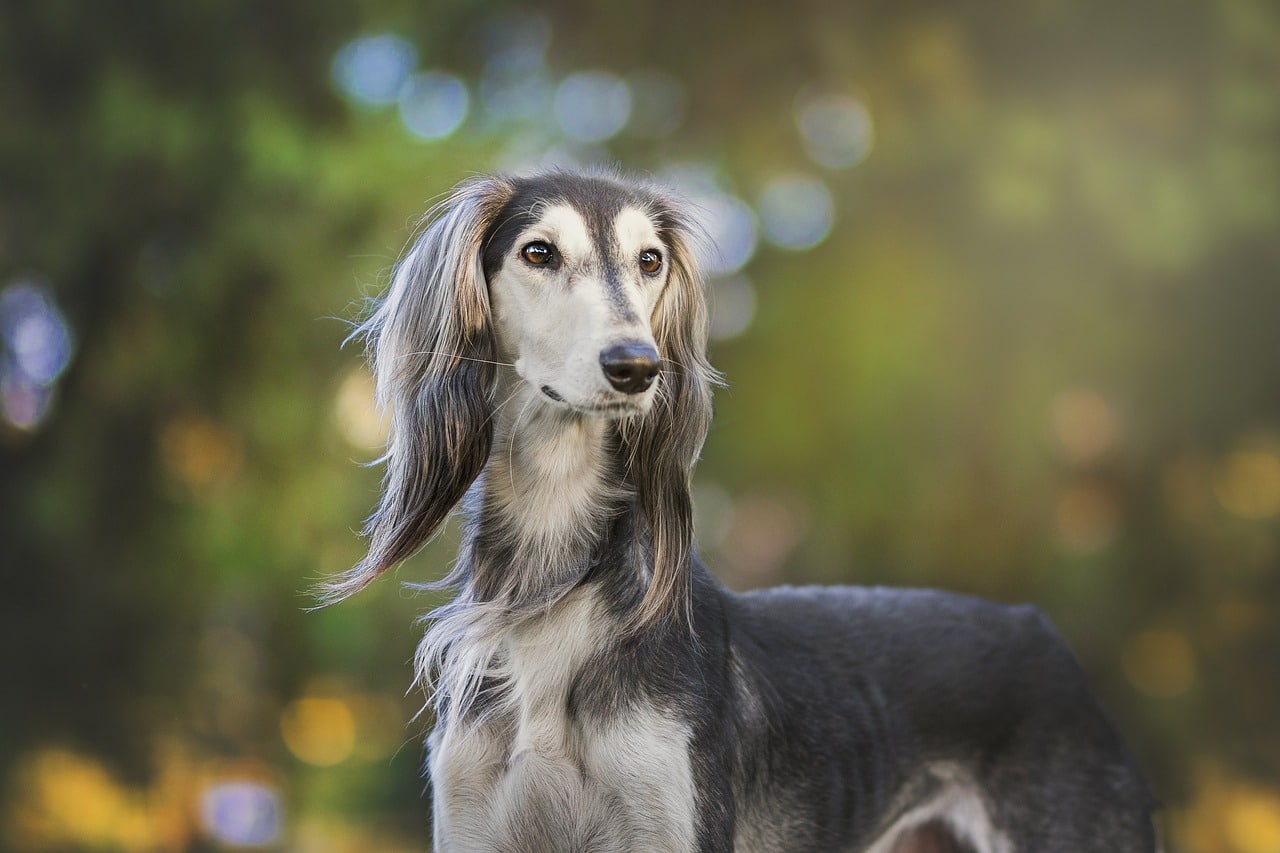 Shutterstock
Shutterstock
Graceful, sleek, and ancient enough to have probably judged Cleopatra’s eyeliner, the Saluki was once the crown jewel of Middle Eastern royalty. Bred for speed and elegance, they were considered sacred by ancient Egyptians and were often mummified alongside pharaohs. Their long legs and aloof demeanor scream “nobility only,” and they moved through palaces like they were gliding on invisible red carpets. Salukis weren’t just admired—they were revered, often draped in silks, and never allowed to associate with the peasants (a.k.a. regular dogs).
Pekingese
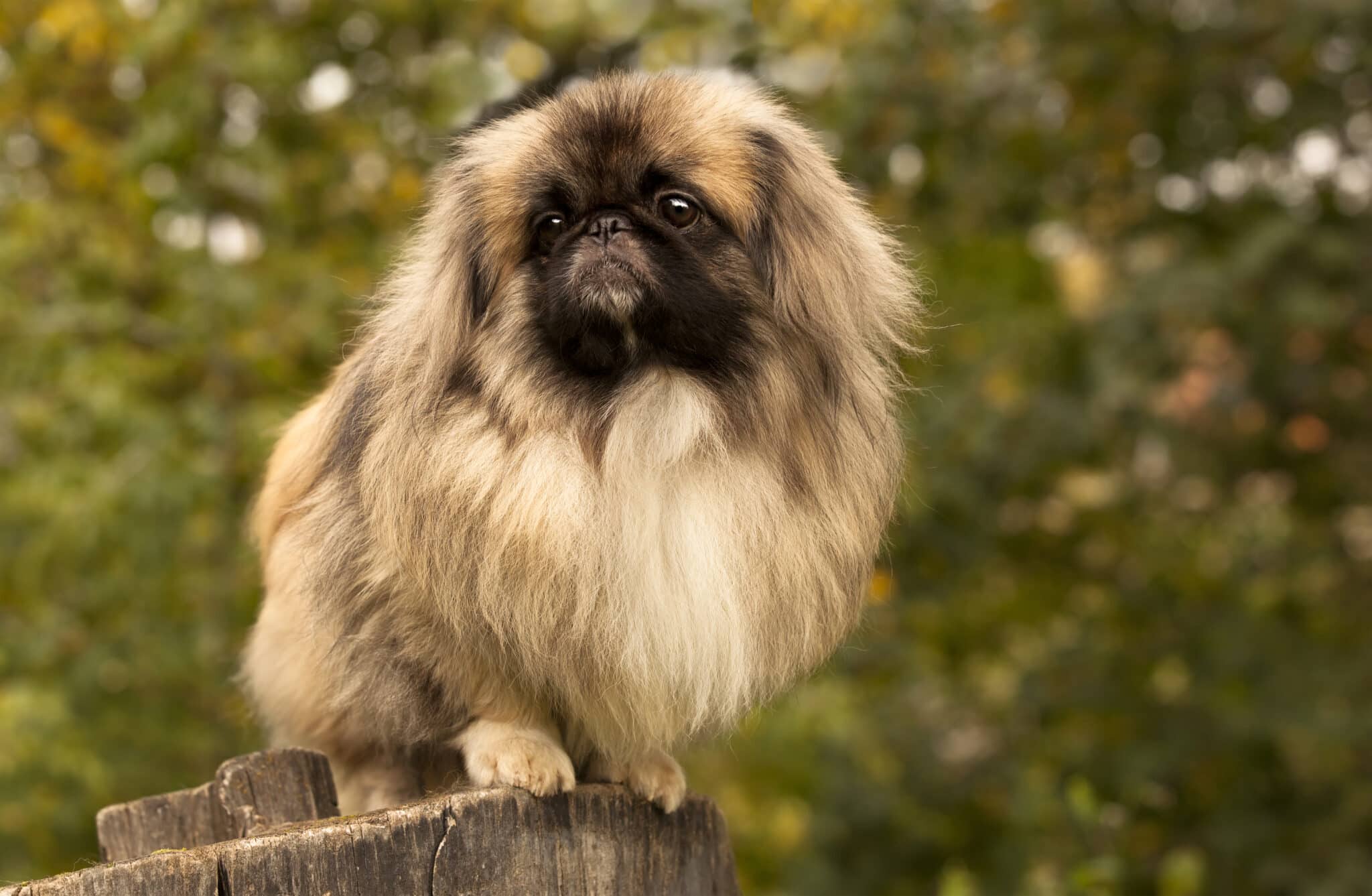 Shutterstock
Shutterstock
The Pekingese were once so exclusive to Chinese royalty that commoners weren’t even allowed to own one—under penalty of death. Yes, death. These little dogs were bred to resemble lions, sacred in Buddhism, and were pampered to the highest degree within the Forbidden City. Carried in the sleeves of emperors and high-ranking ladies, their main job was looking majestic and being adorable status props. Their legacy of ruling from laps remains strong—you can still see that royal attitude in their tiny, fluffy faces today.
Afghan Hound
 Shutterstock
Shutterstock
The Afghan Hound is basically what would happen if a shampoo commercial became a dog breed. With its flowing coat, striking features, and aloof presence, this breed has long been a symbol of exotic luxury. Originating from the mountainous regions of Afghanistan, they were treasured by nobility for their speed, agility, and style. European aristocrats swooned over their unique look in the 19th century, and ever since, the Afghan has remained a showstopper that screams, “I’m fancy, and I know it.”
Borzoi
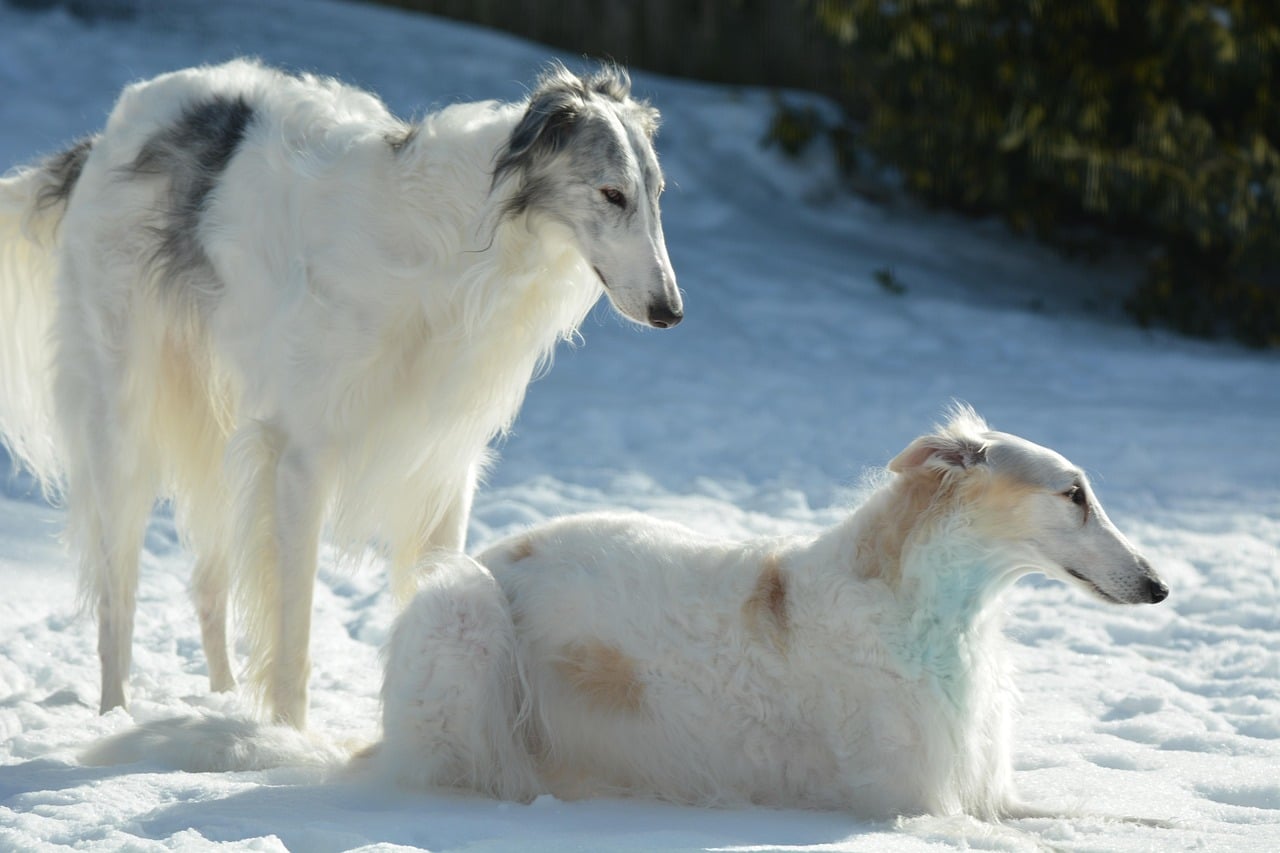 Shutterstock
Shutterstock
Tall, elegant, and draped in aristocratic poise, the Borzoi was once the dog of choice for Russian nobility. Bred to chase wolves across frozen landscapes (casual), Borzois became beloved companions to the Tsars and were often featured in regal portraits. Their presence in lavish estates and extravagant hunting parties made them the ultimate flex in imperial Russia. With their long noses and flowing coats, they still look like they belong in a Fabergé egg.
Lhasa Apso
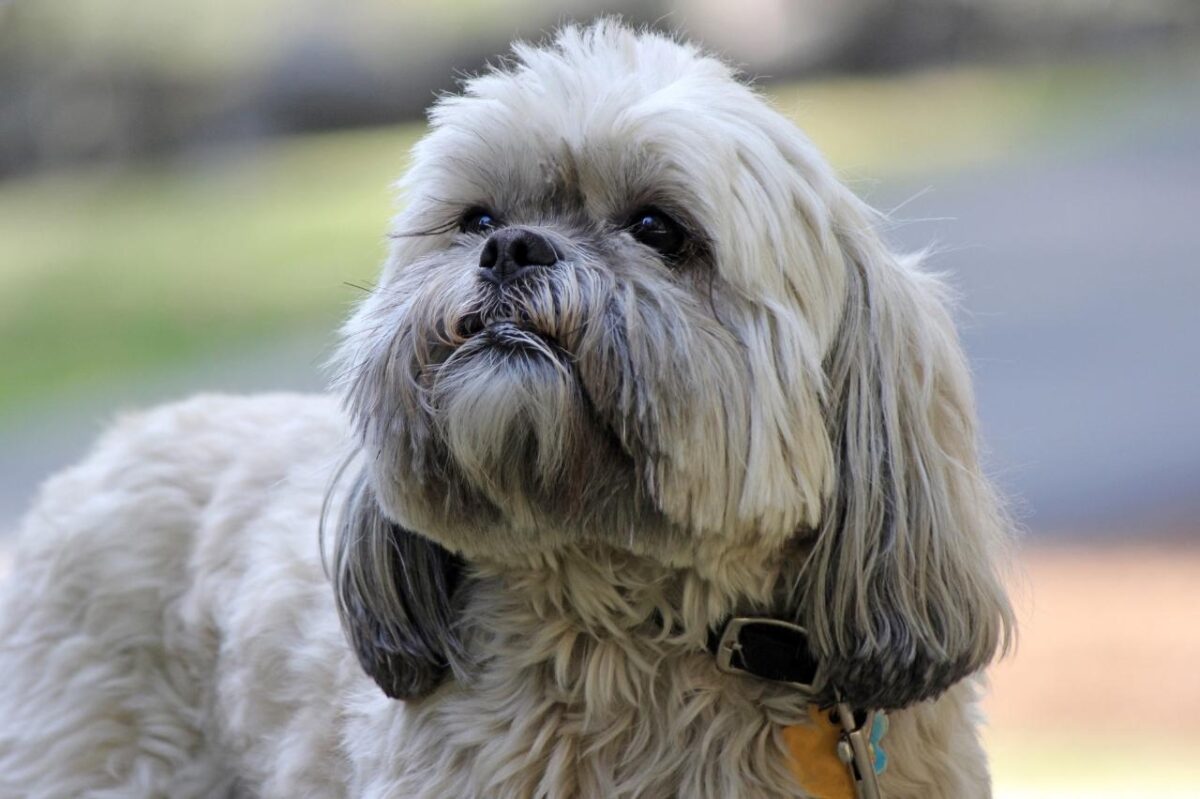 Shutterstock
Shutterstock
Originally bred to guard Tibetan temples and monasteries, the Lhasa Apso was never meant to slum in ordinary households. These dogs were spiritual symbols and status markers believed to bring luck and prosperity to their owners. Given only as gifts from Dalai Lamas to emperors and nobles, owning a Lhasa Apso meant you were spiritually blessed and socially elite. Plus, that flowing coat? It screams “high maintenance in the best way possible.”
Pharaoh Hound
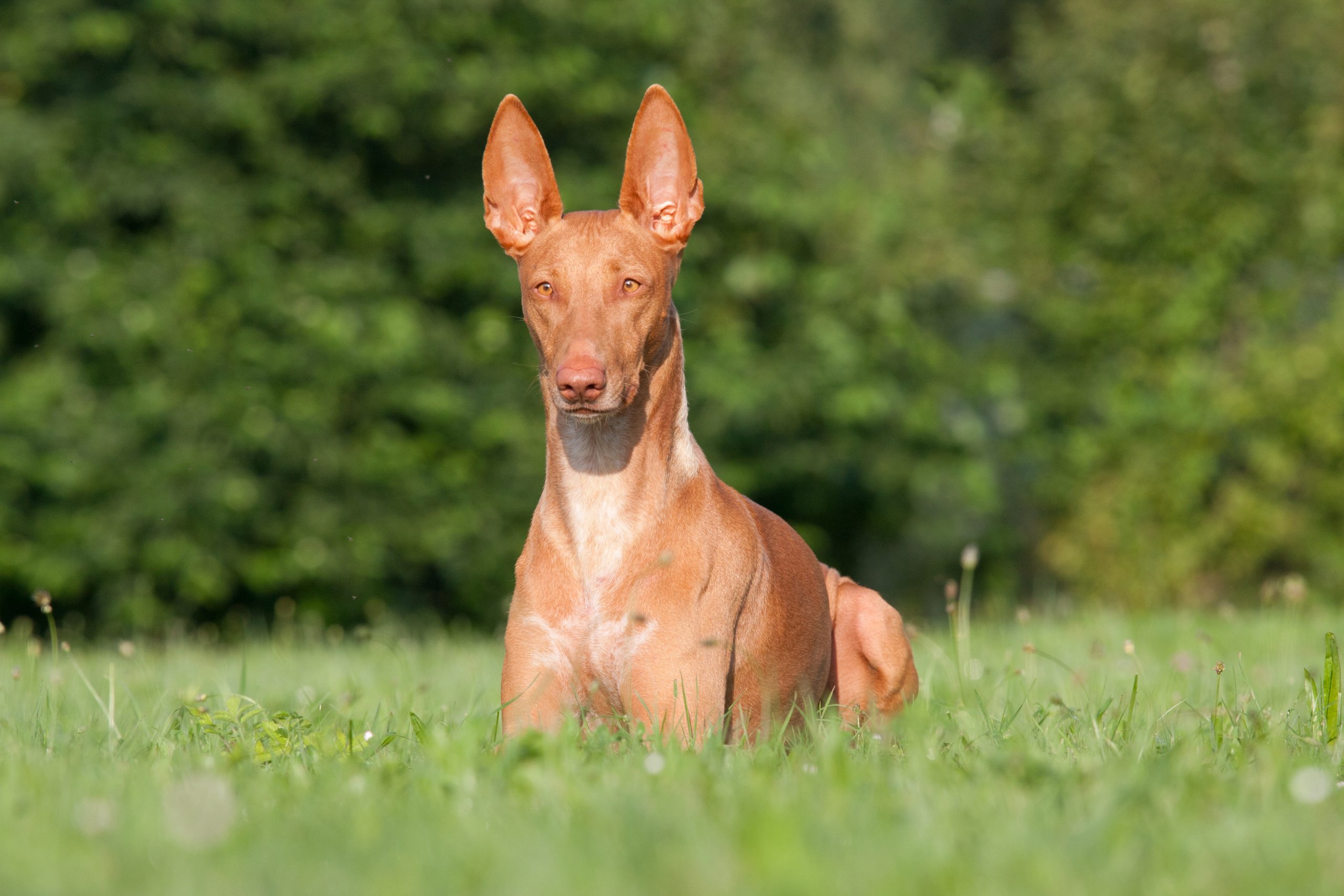 Shutterstock
Shutterstock
The Pharaoh Hound might just win the award for the breed with the most on-brand name. Native to Malta and historically associated with ancient Egypt, this sleek, amber-eyed dog looks like it walked straight off a pyramid mural. In ancient times, they hunted dogs for nobility and were even thought to be the living embodiment of the Egyptian god Anubis. Fast-forward to modern times, and they’re still one of the rarest breeds—perfect for someone who wants their dog to whisper “old money” without saying a word.
Japanese Chin
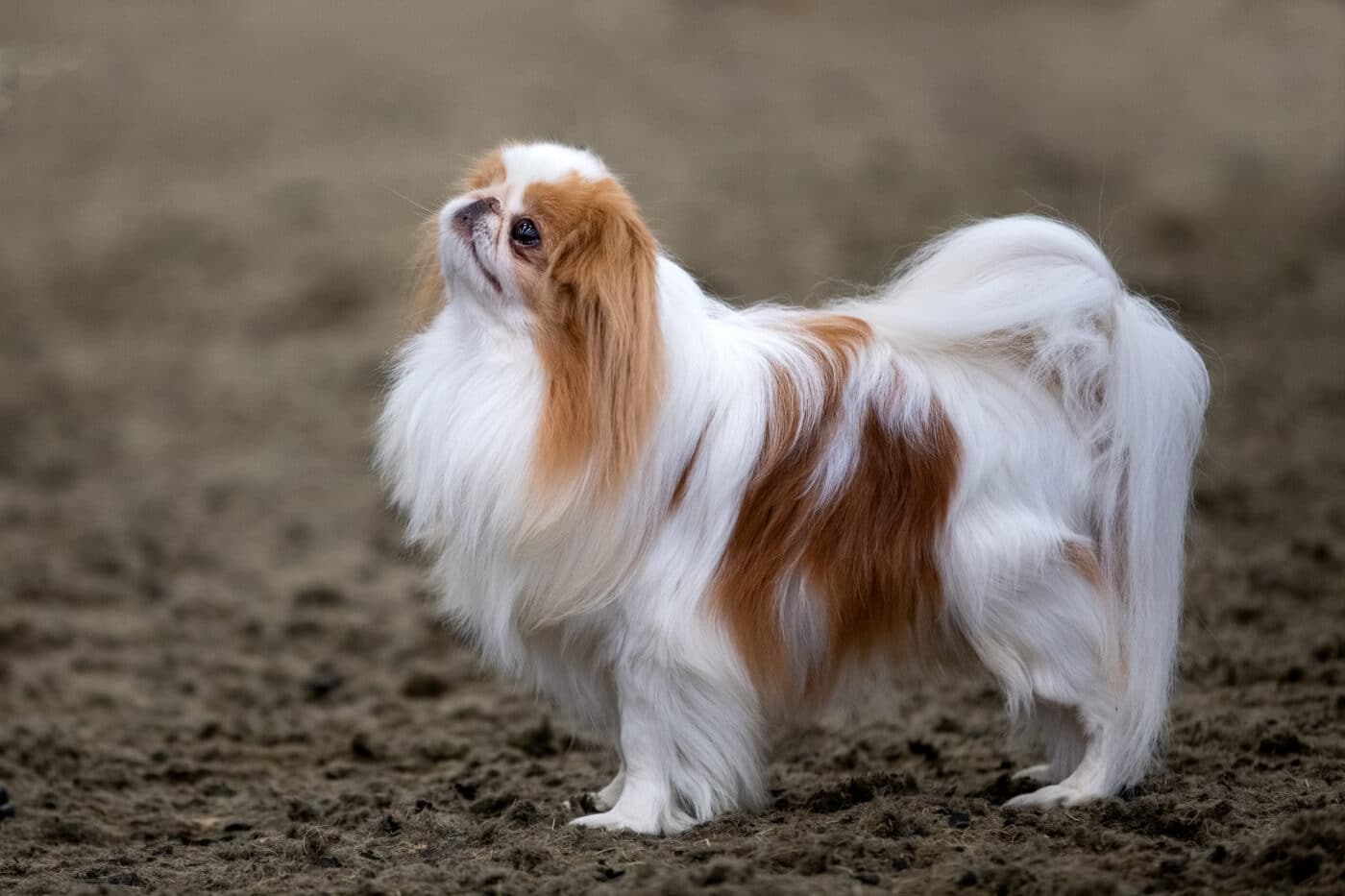 Shutterstock
Shutterstock
Fluffy, dignified, and a little bit extra, the Japanese Chin was the prized companion of Japanese aristocrats and Chinese imperial families. Often gifted between royalty, they were literally bred to be lap dogs—not just laps, but elite ones. Their big eyes, feathery coats, and quiet, regal presence made them a mainstay in ancient courts. Some say they were trained to clean their faces like cats to maintain their posh image, which honestly checks out.
Cavalier King Charles Spaniel
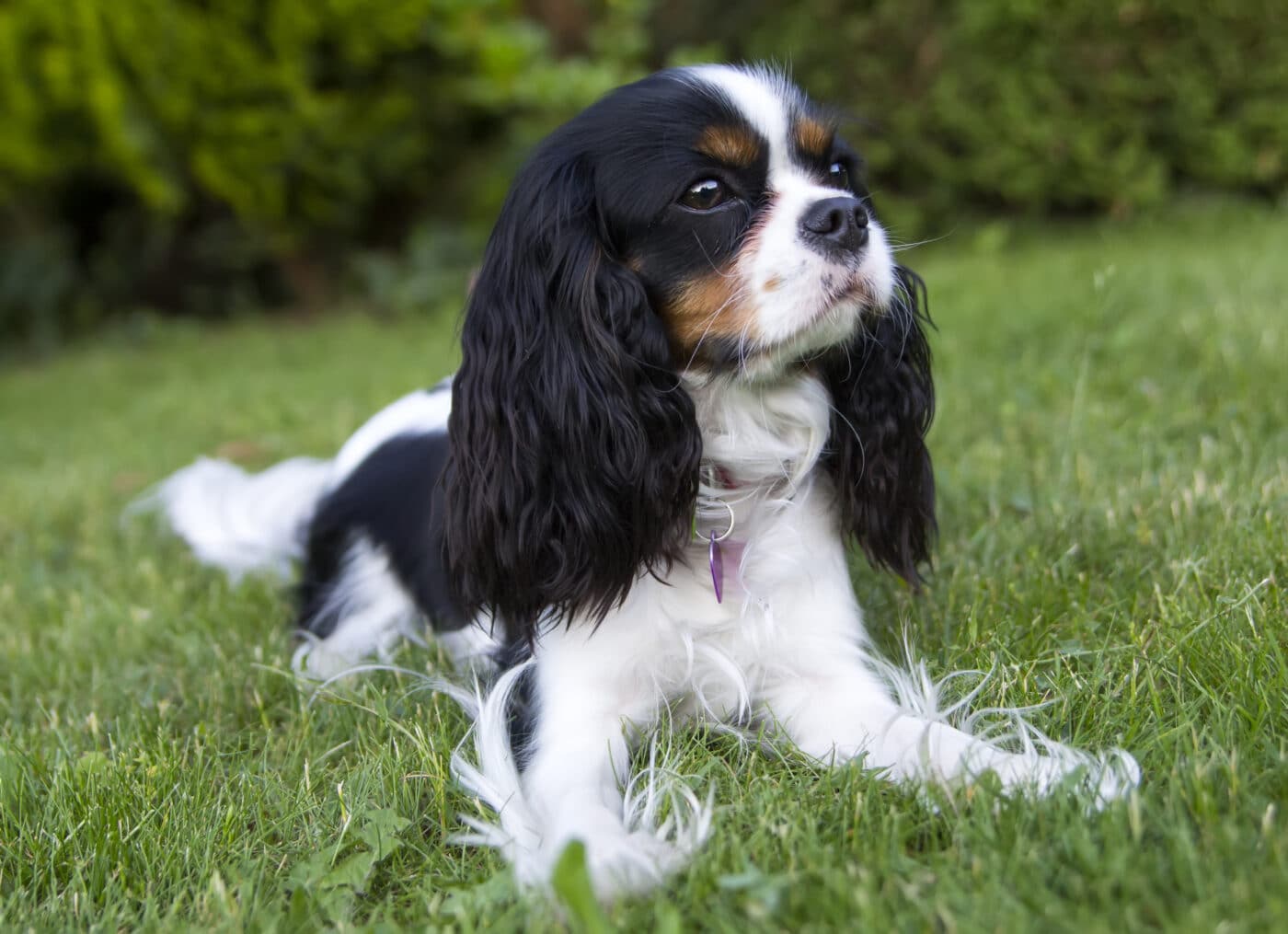 Shutterstock
Shutterstock
With a name that includes “King,” you already know this breed had a foot in the royal door. Named after King Charles II of England, who was so obsessed with them that he let them into every room (including Parliament), these dogs were the original influencers of the monarchy. Their elegant features and affectionate nature made them ideal lap dogs for royalty and aristocrats alike. Even today, they carry themselves like they’re expecting an invite to tea with the queen.
Tibetan Mastiff
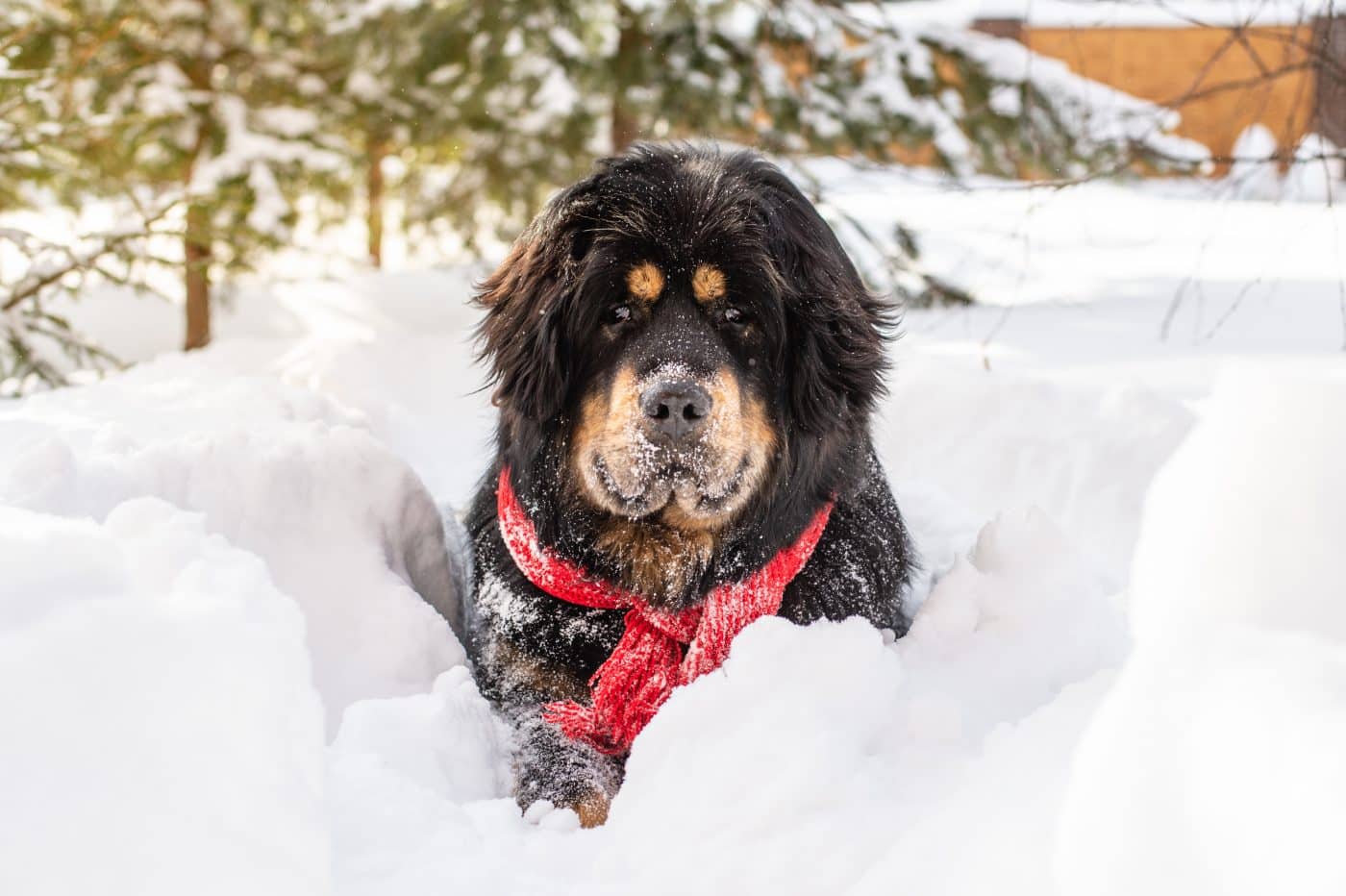 Shutterstock
Shutterstock
Massive, majestic, and built like a lion wrapped in a luxury rug, the Tibetan Mastiff has long been a symbol of wealth and status—especially in Asia. In ancient Tibet, they were used to guard palaces and monasteries, and owning one was a sign of serious affluence. In more recent years, they’ve become status dogs in modern China, sometimes selling for astronomical prices just to make a statement. With a mane fit for a mythical beast, they’re less “pet” and more “walking legend.”
The Pawshest Of Them All
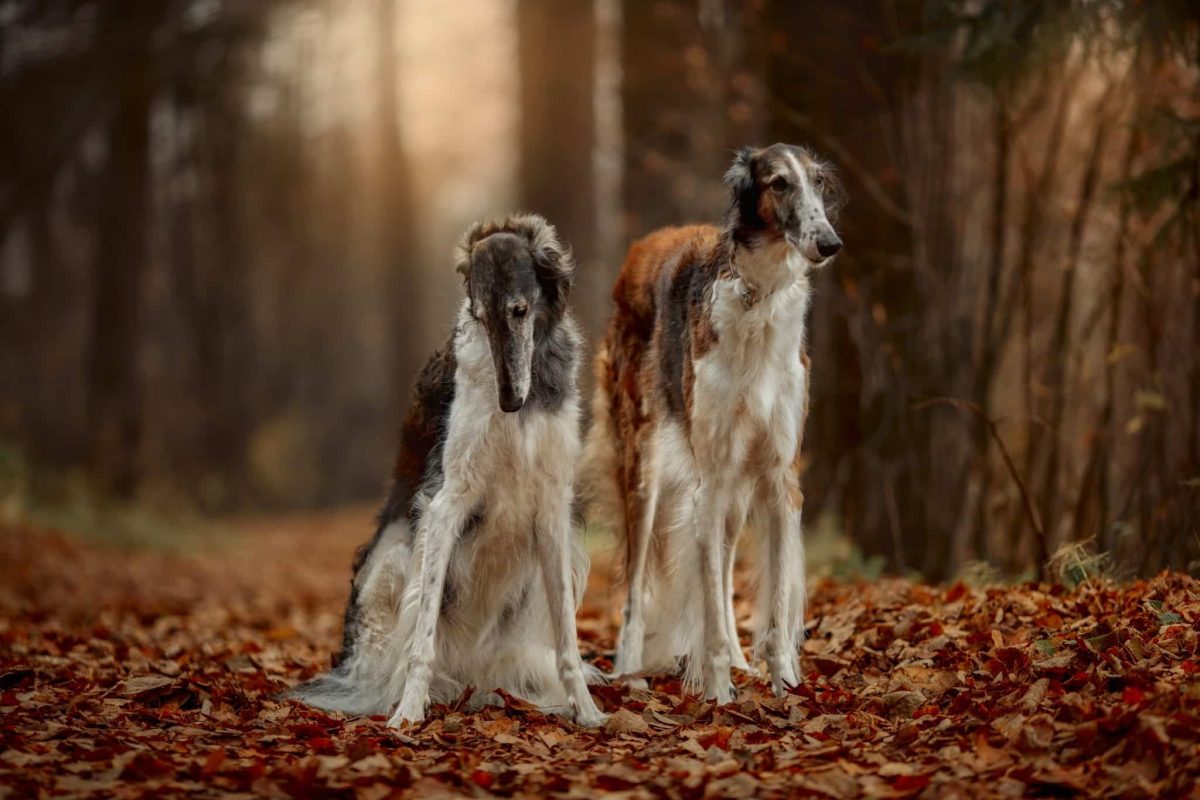 Shutterstock
Shutterstock
Sure, a crown and cape say royalty—but so does a dog that looks like it was genetically engineered for high society. These breeds didn’t just live alongside history’s elite—they helped define what it meant to be elite. From guarding temples to posing in royal portraits, they were the original symbols of clout, luxury, and “don’t talk to me unless you also own a castle.” So the next time your dog demands a plush pillow or side-eyes your outfit, remember: they come from a long line of dogs who literally judged empires.

 3 days ago
9
3 days ago
9

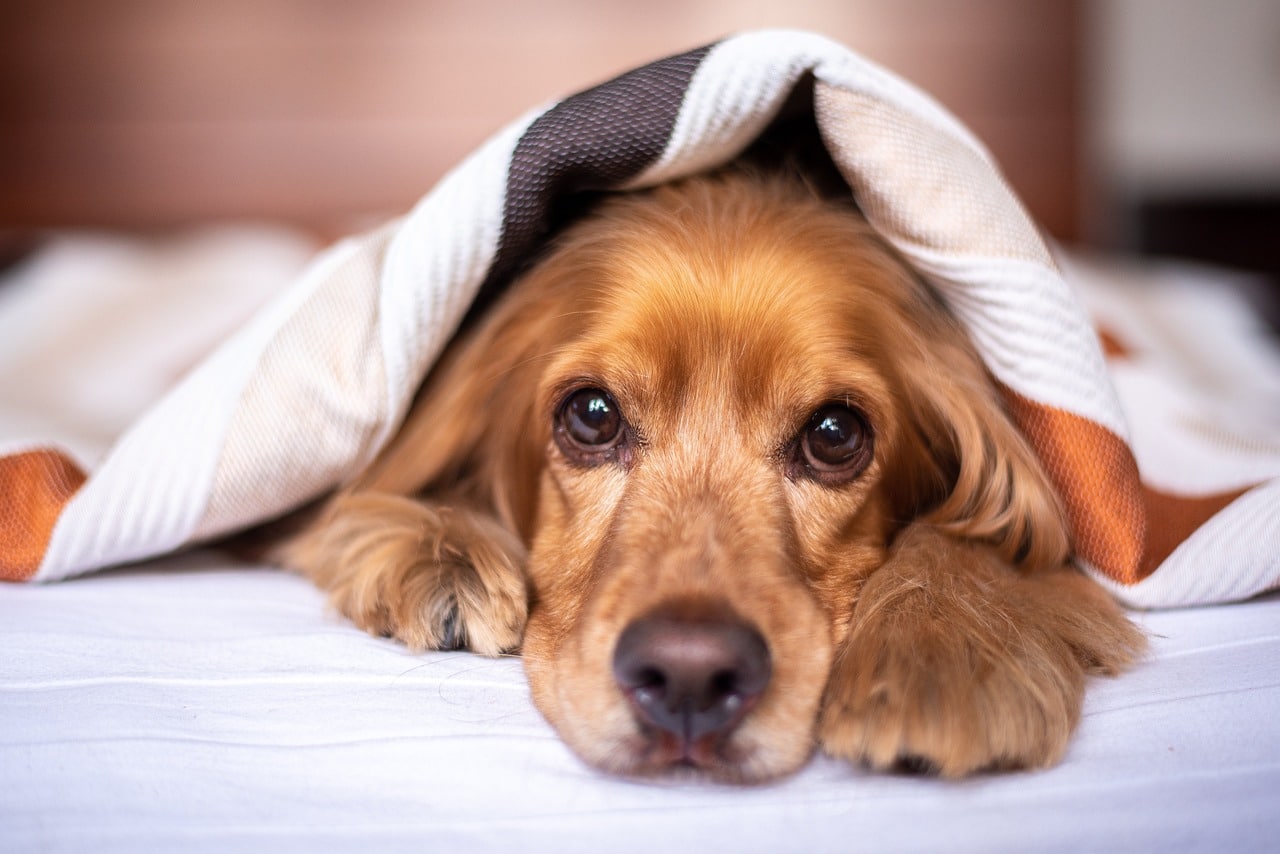
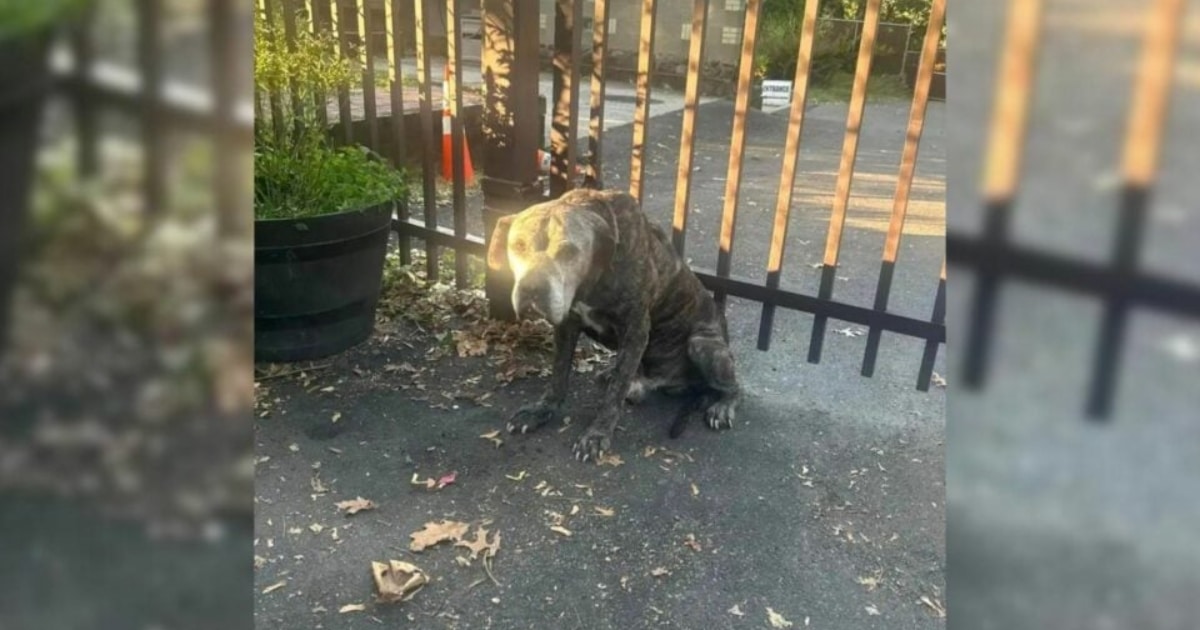
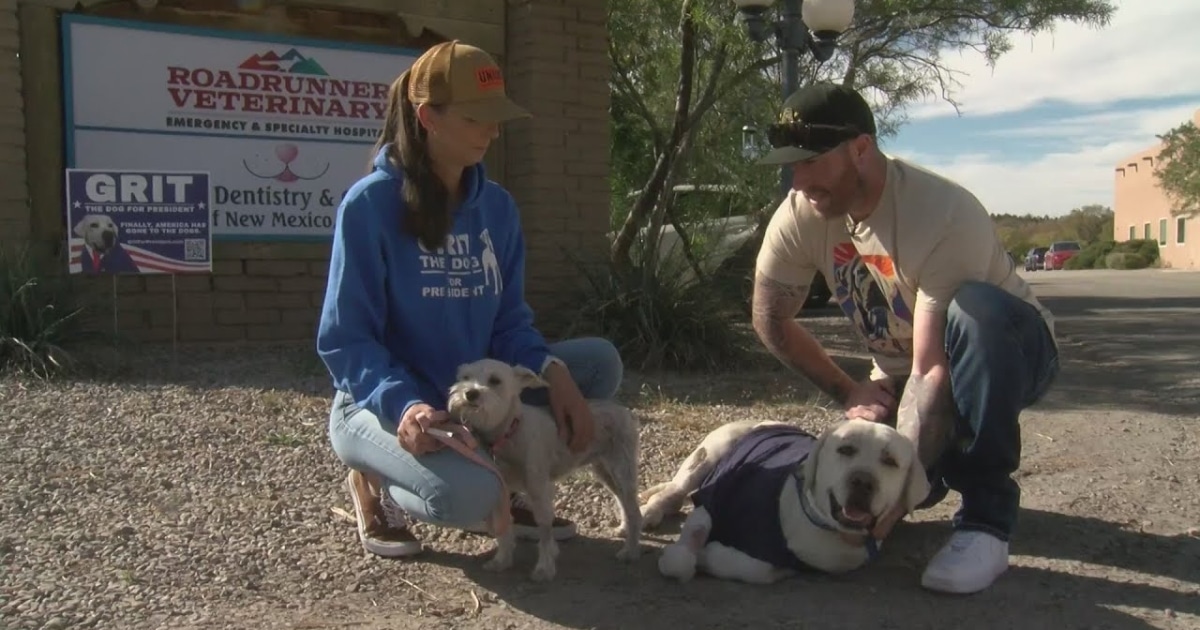
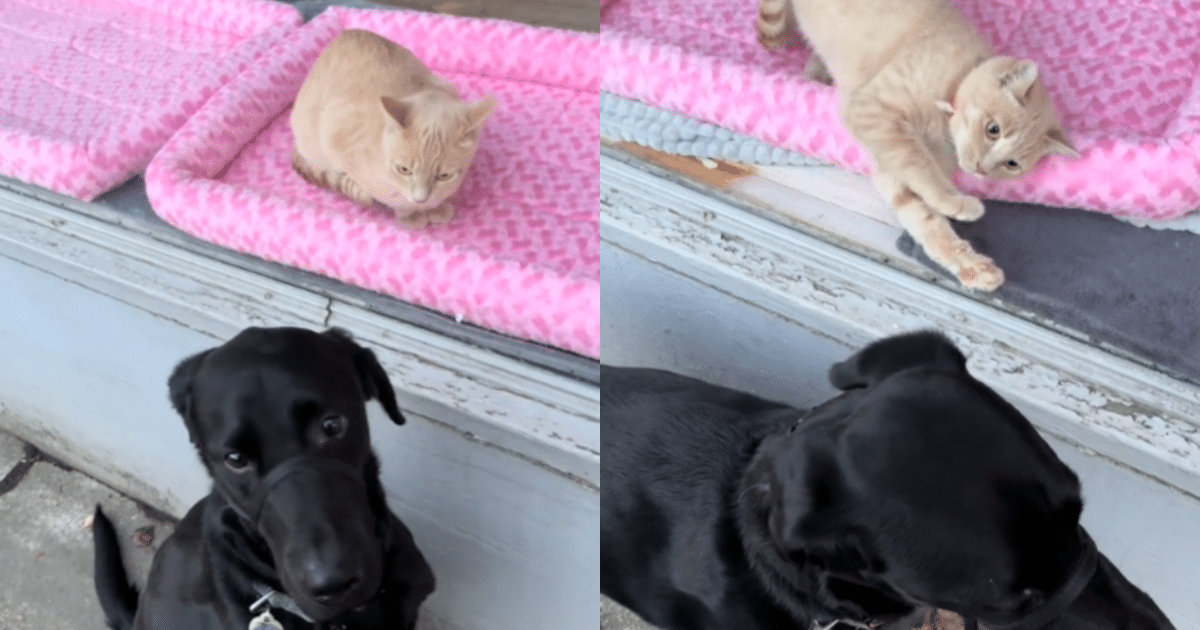
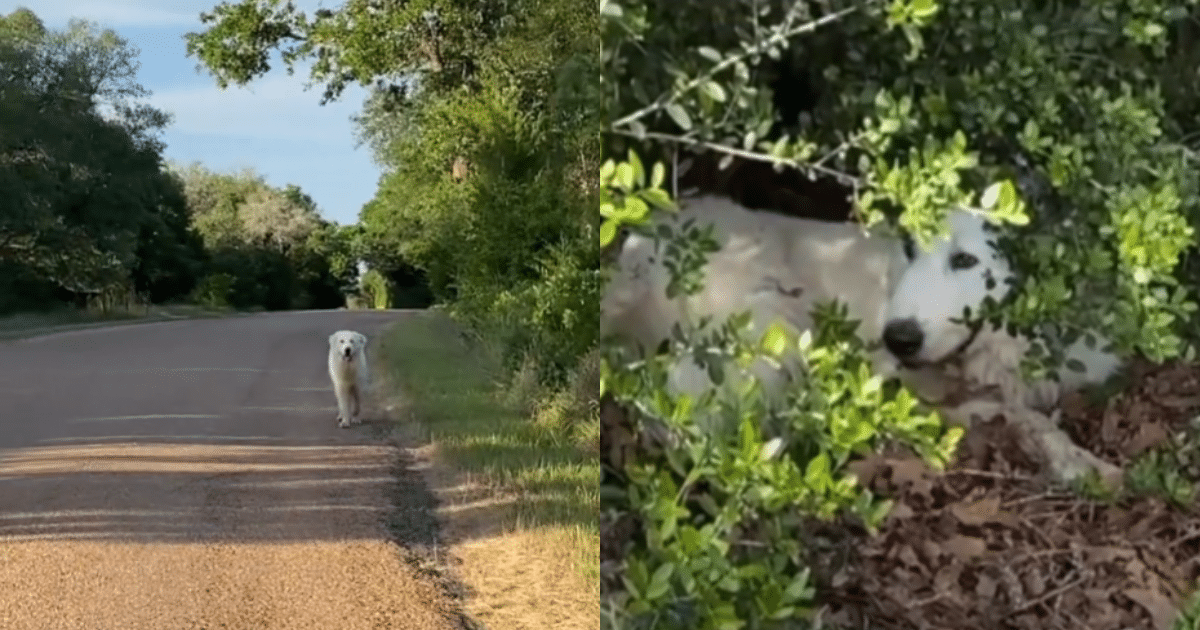


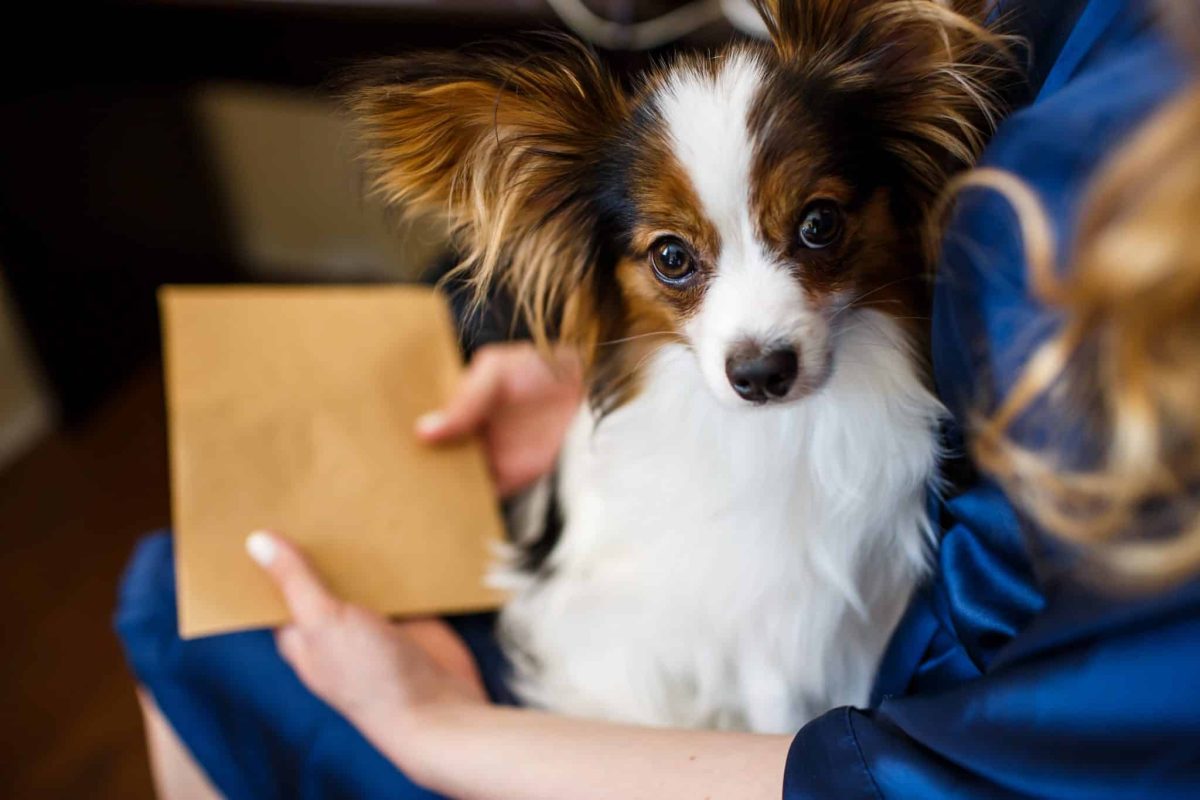








 English (US) ·
English (US) ·